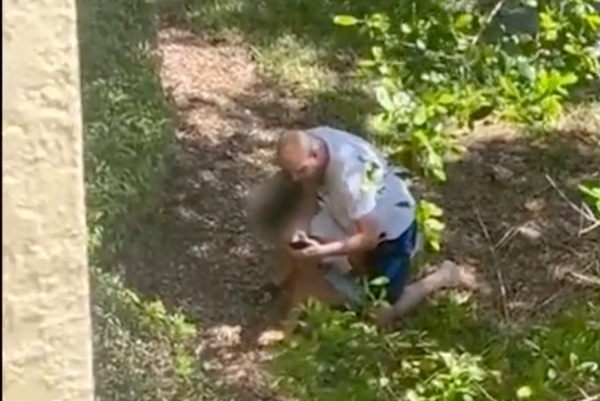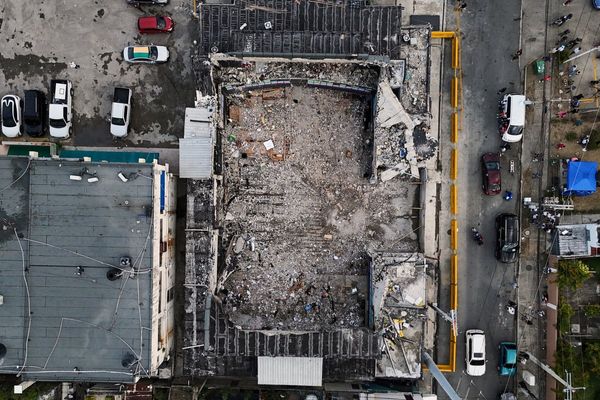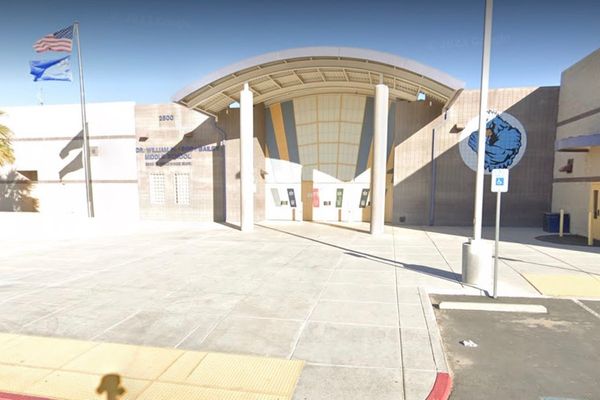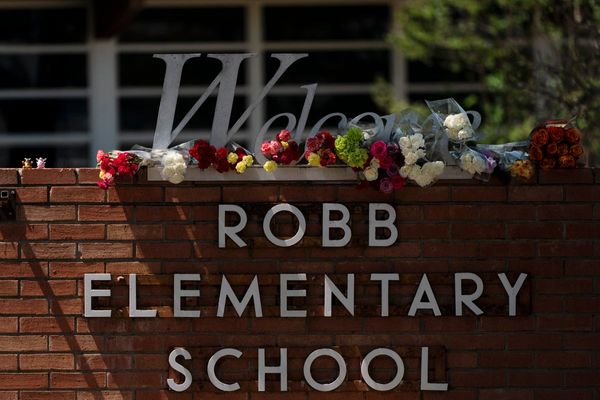
A large-scale property buyback scheme in flood-affected parts of the Hawkesbury-Nepean valley would cost more than $5bn, according to the New South Wales government’s own estimates.
But experts have questioned the price tag, saying more targeted buybacks would be cheaper than the Coalition government’s plan to raise the Warragamba Dam wall.
Sydney’s north and south-west fringes flooded for the fourth time in 18 months last week, raising questions about plans to turbocharge the region’s population in coming decades.
On Sunday the Guardian revealed that the Department of Planning expects the city’s north-west to see 12,000 new homes built below what is known as the probable maximum flood level (essentially the worst-case scenario) by 2041.
The government wants to raise the Warragamba Dam wall in an attempt to reduce the flood risk in the Hawkesbury-Nepean valley, and has asked for a 50-50 funding split with the commonwealth to pay for the project.
Last week the NSW premier, Dominic Perrottet, said his government was committed to the “complex” proposal that is expected to cost about $1.6bn.
Many experts have questioned the benefits of raising the dam wall, and point to its potentially devastating environmental and cultural impacts. They said the government should consider targeted property buybacks in areas that have been repeatedly inundated.
The chief executive of the Insurance Council of Australia, Andrew Hall, said the cost of buybacks was often overstated because it was calculated “too widely”.
“You could do a surgical job of identifying those homes in certain streets that flood all the time and making a decision about whether or not it makes sense to leave them,” he said.
“It’s about giving a community a range of options. The residents may wish to keep living there, but a buyback can take place over a period of 10 years or longer. When the time comes that an owner wants to sell you can stipulate that the government is the buyer at a fair price.”
The government argued it would be prohibitively expensive.
“Hawkesbury-Nepean floodplain is home [to] over 140,000 people who live or work in the floodplain with more than 36,700 residential dwellings,” an Infrastructure NSW spokesperson said.
“Most recent analysis indicates that the cost of purchasing the 7,600 residential properties and manufactured homes located at or below the modelled 1 in 100 chance per year flood (which is the current standard planning level) would be around $5.2bn.
“Many of these properties are located within areas which are used for agricultural and horticultural purposes. Applying a buyback scheme in the valley needs to factor in the diversity of built forms and how to apply these equitably.”
The government’s modelling suggests a raised dam wall would have lowered flood waters in the valley by about 3.5 metres in the most recent disaster. This has been questioned by the opposition leader, Chris Minns, who said that much of the water comes from other sources.
“We’re sceptical about its implementation, the money being provided for it, or the fact that the NSW government has publicly repeatedly insisted that they plan on doubling the population on the floodplain in that part of western Sydney,” he said.
“We know that in addition to Warragamba, the catchment is hit by the Grose, the Colo and the South Creek all feeding into the Hawkesbury flood catchment area.”
Jamie Pittock, a professor in environment and society at the Australian National University, said the cost of buybacks would be lower than “the eventual cost of building thousands more homes on a floodplain”.
Pittock advocated for targeted buybacks, saying the cost of relocating about 110 homes in Grantham in Queensland was about $30m.
“Obviously double, or treble that, in Sydney, but you’re still nowhere near $5bn,” he said.
“The great advantage of doing that is even if they build the dam wall it’s going to take five to 10 years. Doing it this way provides immediate relief for people who are effectively stuck in an uninsurable home.”







